Picking the Right Hunting Boot

By Josh Kirchner
If one thing is true about hunting boots, they are not a “one style fits all” product. This is for a few reasons. We all have different feet, we hunt in various types of terrain and weather, and “to boot” hunting styles/methods vary from person to person. Because of this, the options are many in hunting boots. And because of this, based on extensive experience in the field, I’m going to break down these different styles of hunting boots. The end goal is to paint you a clear picture of what is going to work best for you and your style of hunting.
For the purpose of this article, I’m going to refer to the Crispi lineup of boots, because that is what I use and prefer. With that said, this information can be applied to ANY boot company, so run with it. Also, I’m not a podiatrist. Just a hunter with real-world experience who has burned a ton of boot leather.
What’s Your Style of Hunting?
Your hunting boots are a tool to aid you in your pursuits. And finding the right tool for the job is crucial to the performance you get out of said boot. After all, you wouldn’t use a screwdriver to hammer a nail. I mean, you might eventually make some progress, but it won’t come without a headache. Let’s strive for less headaches. Hunting boots are no different and you need to find the right tool for your hunting style.
Proper Sizing
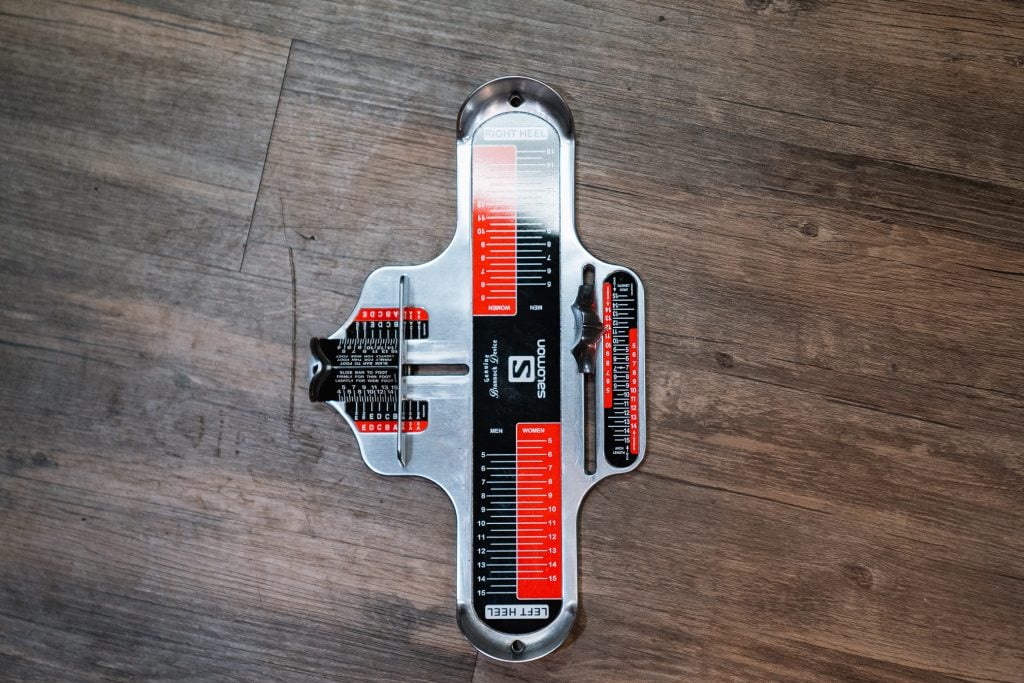
Throughout this whole process, it is essential to have proper sizing for your boot, which is something that very well may vary between boot companies. You might be a size 10 in one company, but a size 10.5 in another. That aside, the goal is to have a boot that is not too big and not too small. A boot that is too small will cause your toes to jam into the front of the boot on downhill ascents. A boot that is too large is going to slip around on you, cause instability, and even blisters. So, find that sweet spot in between. I generally go a half size larger than the size of the shoe I wear. This works well for me.
Boot Stiffness(Flex)
I used to run boots that were very flexible and I did it for years. They were super comfortable and I felt like I was essentially wearing sneakers. For spot and stalk bowhunting on the move, they were pretty hard to beat. That was until I got into steeper terrain. Once I did I noticed much more foot fatigue and even foot pain. So, for hunts in mild terrain, they worked awesome. In steep technical terrain, not so much. The Crispi Lapponia III or Altitude boot would be great choices here.
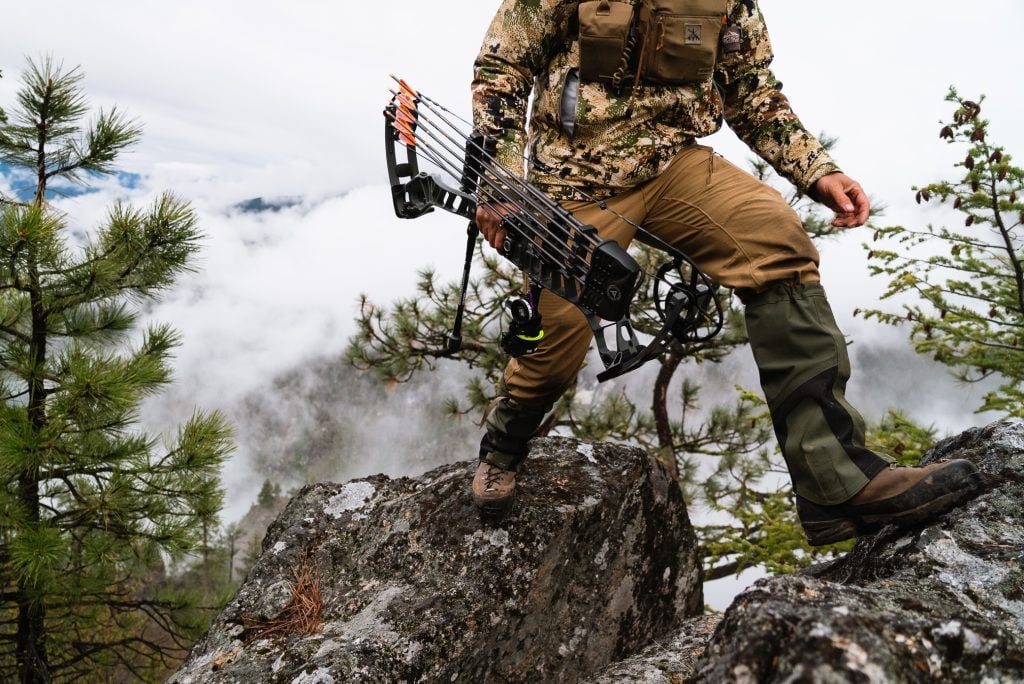
In steeper terrain stiffer boots just seem to work better for me personally. They allow one to dig their foot into the side of a mountain much easier for side hilling and also aid in vertical ascents. Because of the added support, my feet don’t feel nearly as beat up either. For stiffer boots, look into the Crispi Briksdals.
For the hunter looking to do a little of everything, there are middle-of-the-road options as well. The Crispi Colorado II is a solid choice for all applications.
- High flex boots to check out: Lapponia III, Altitude
- Medium flex boot to check out: Colorado II
- Low flex boot to check out: Briksdal
Do I Need Insulated Boots?
Whether you need insulated boots or not is going to highly depend on your style of hunting along with the outside temperatures of course. We’re talking in the lower 48 here, but in the early season insulated boots really aren’t in the equation, no matter your style of hunting.

It’s right about mid-October when the balancing act of insulated vs. non-insulated begins. When the high is no more than the low 40’s. And it is a balancing act especially if you’re more of an active hunter. You can’t have your cake and eat it too. Simply put, more insulation means more warmth, but that also means more sweat. Sweat is counterintuitive to warmth.
Basically, the more stationary you are, whether that means sitting in a tree or sitting behind the glass, the more likely you are to get cold feet. A 200g-400g boot seems to be a sweet spot that will allow for hiking, but also provide warmth when stationary. Check out the Nevada Legend or Shimek for solid options in that category. And for the next level up, when temperatures are well below freezing, the 800g Wild Rock Plus is worth a look.
- Insulated Boots to check out: Nevada Legend, Shimek, and Wild Rock Plus
Leather vs. Synthetic
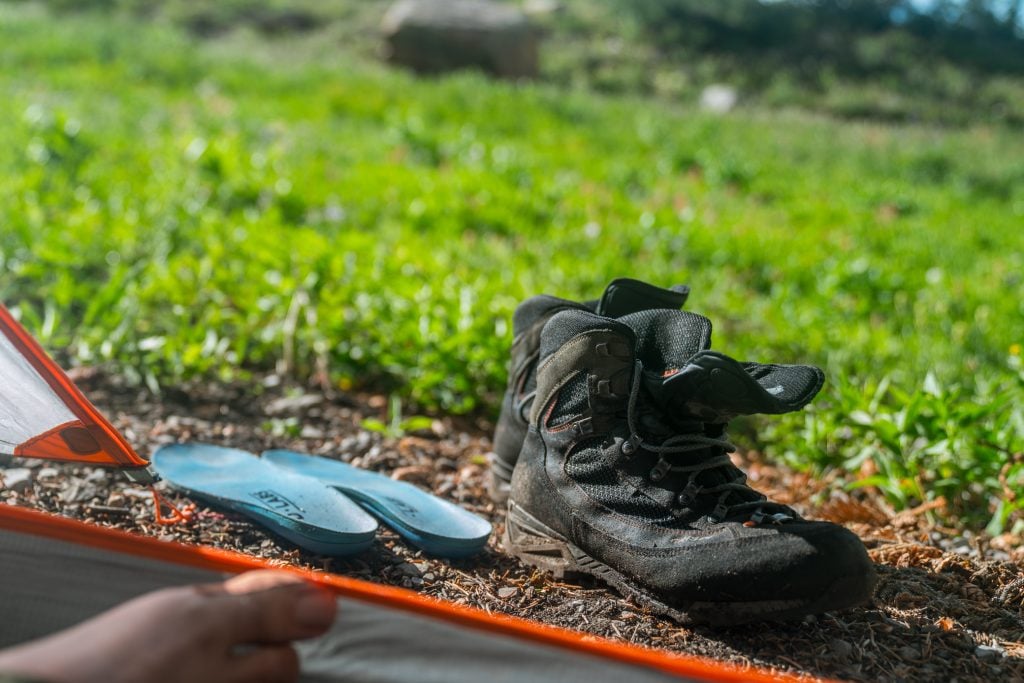
Another option you’ll have to work out is whether you want a full-on leather boot or a synthetic boot. Each of them has its own pros and cons and in the end, I really don’t believe that one is better than the other, because that is really up to the user.
Leather boots are incredibly durable and long-lasting. The downside is that in order to feed that longevity, maintenance is required to ensure the leather stays in good shape, doesn’t stretch too much, crack, etc. Along with that they tend to be quite heavy and require much more of a break in period.
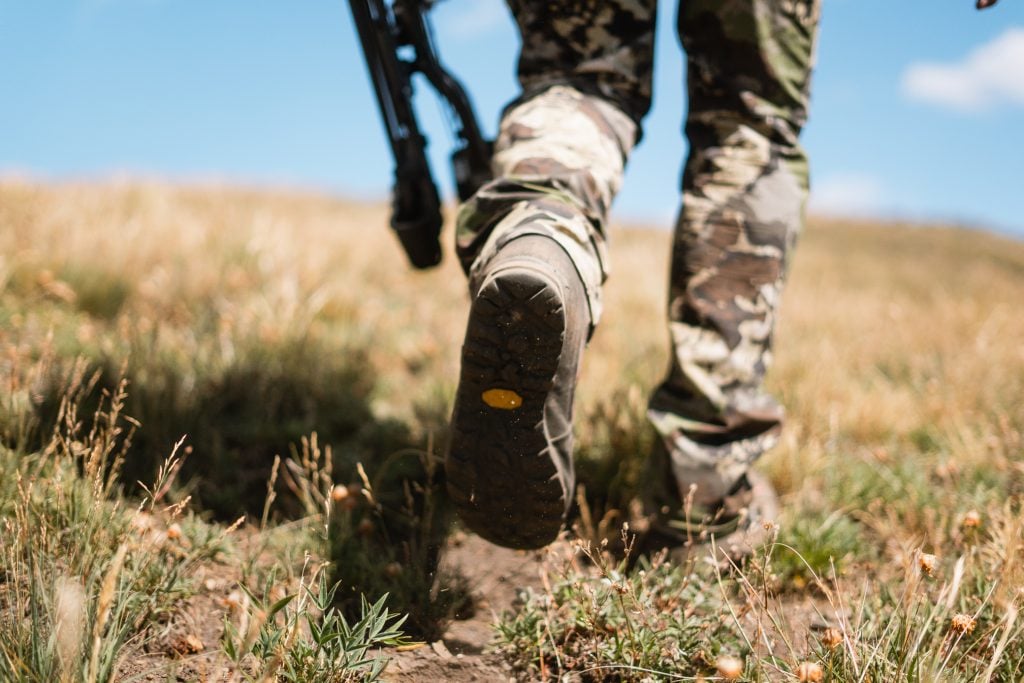
Synthetic boots may not be as durable as leather, but they are more lightweight and usually require virtually no break-in period. With that, they also dry quicker than leather. These are a popular option for MOST hunters it seems.
- Full leather boots to check out – Nevada Non-Insulated and Guide Non-Insulated
- Synthetic boots to check out – Wyoming II and Thor II
Comfort vs. Support

With hunting boots, there is a fine line between comfort and support. On the surface, I truly believe that support gets overlooked by most people. I believe this to be true because you won’t truly feel the benefits of support until you’re out in the field among the situations you’re buying these boots for. Comfort on the other hand? That is something that you can feel the moment a boot gets laced up. And that is what often sells. Don’t get me wrong, comfort is important, but there is such a thing as too comfortable if you ask me. Because the truth is, everything is a trade-off. The more support will cost you comfort and the more comfort will cost you support. Keep this in mind when you’re picking out boots. And keep in mind that some people are totally fine hunting the mountains in trail running shoes. For others, that’s a nightmare.
Aftermarket Insoles
Plan on getting aftermarket insoles, end of story. The stock insoles in all high-end boots can get the job done, but they’re really not much of anything. Getting an aftermarket insole will elevate, not only the performance of the boot but your comfort. Superfeet are a fantastic option to look into. Again, just plan on purchasing insoles. You won’t regret it and they’ll make a world of difference in the field.
Your Feet Won’t Lie
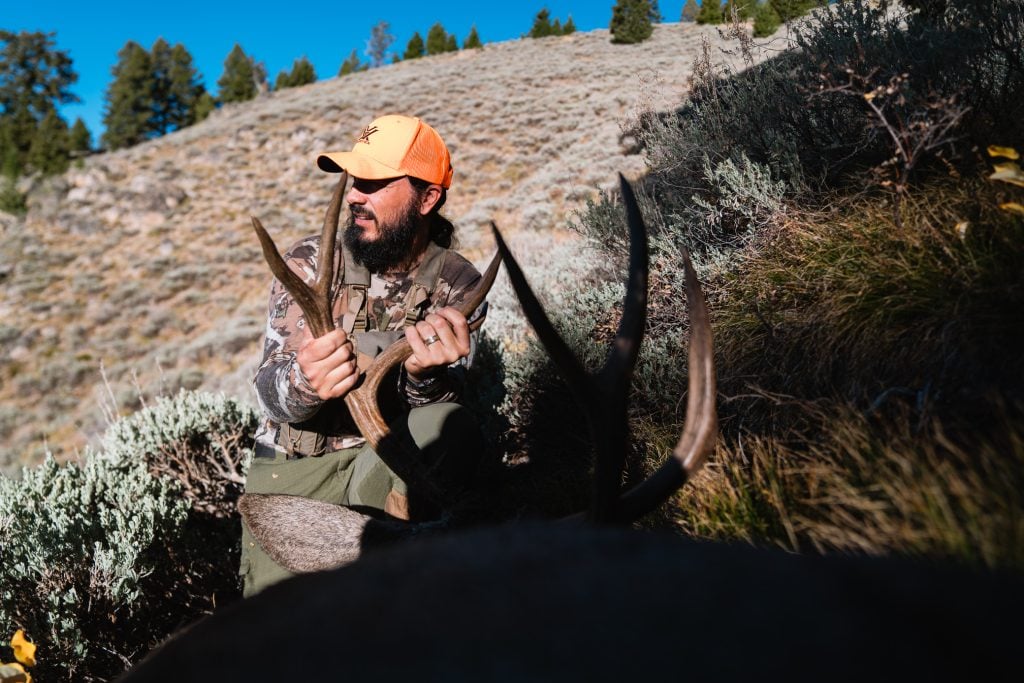
I can sit here and recommend things to you all day, but when the rubber meets the road, or the mountain I should say, your feet will be the ultimate judge of what works for you. If I could give one more piece of knowledge, that I’ve learned the hard way, it’s invest in your feet. There are many categories in hunting where you can save coins and be totally fine. Boots, though, are not something to skimp on. Investing in your feet is truly investing in your hunt because your boots will be with you every step of the way…literally.
